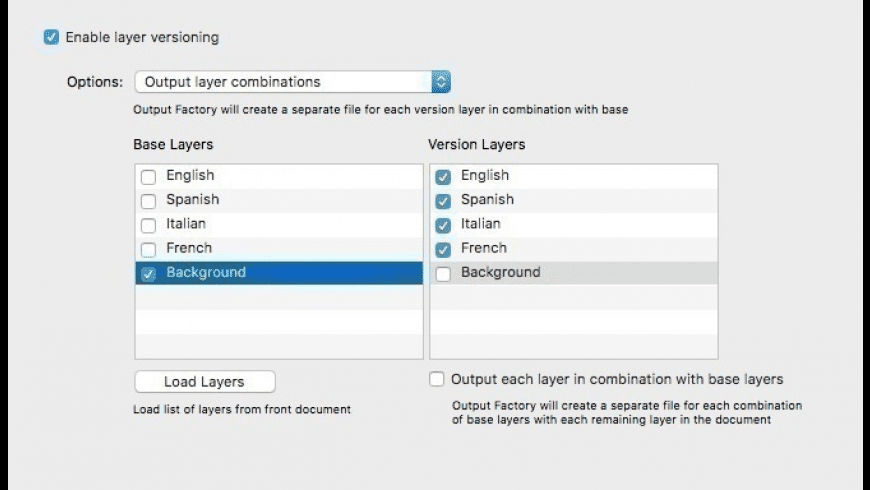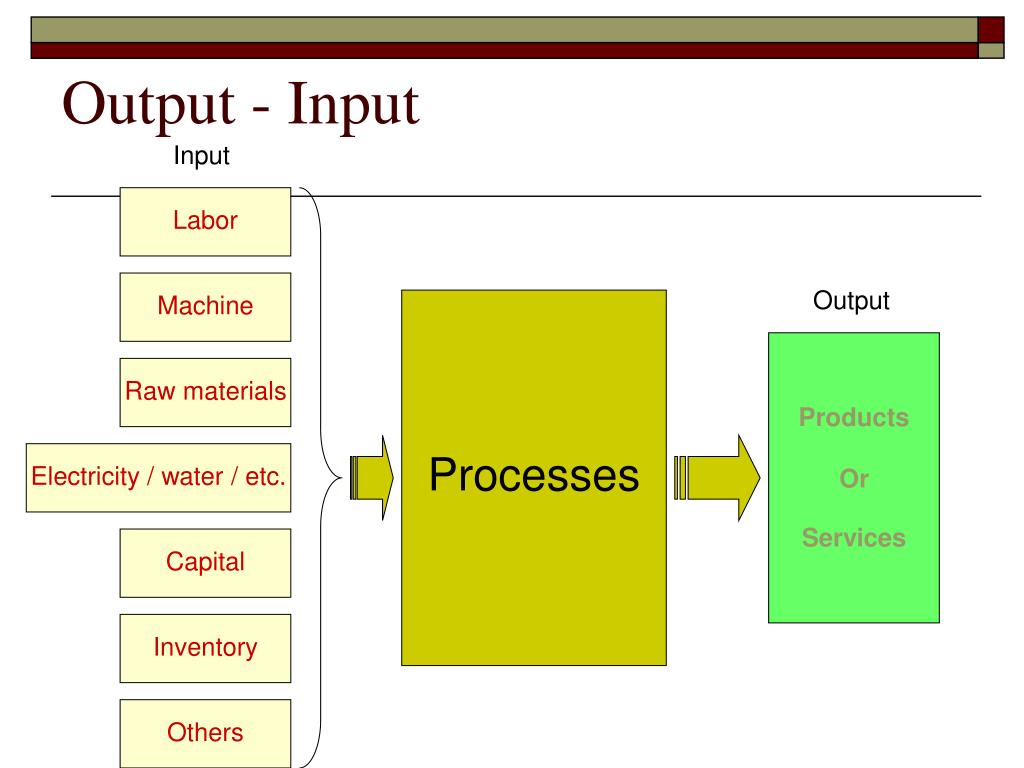

#Input output factory driver#
Acute HGV driver shortages and factory worker shortages have caused wages to rise by 15-20% in one year.Producers may feel rising input costs are transitory & can be absorbedĪ good applied example are the cost increases facing the processed chicken industry in the UK in the Autumn of 2021.The processed chicken industry in the UK is facing huge cost pressures leading to higher prices:.Manufacturers may find cost savings elsewhere (such as lower wages).Decision may depend on what other producers are choosing to do.It is easier for a business to pass on increased costs when a firm has substantial market power (this links to the previous point).Strong customer loyalty / few close substitutes available.It is easier to pass on higher costs when coefficient of PED is low.What factors influence whether higher input prices feed through to increased output prices?

Producer prices include the profit margin that businesses make on their products. Output price inflation measures changes in the prices of products as they “leave the factory gate” before being sent to wholesalers and retailers. It might include the cost of oil and gas used in production, or prices of ingredients used in food manufacturing. Input price inflation measures changes in the prices of materials and fuels bought by UK manufacturers for processing.


 0 kommentar(er)
0 kommentar(er)
